Economic Survey 2020-21
CONTEXT:
- The Budget Session of the Parliament began recently and Finance Minister tabled the Economic Survey (ES) 2020-21 in the LokSabha.
- The annual document by the Ministry of Finance under the guidance of Chief Economic Advisor provides a summary of annual economic development across the country during the financial year 2020-21.
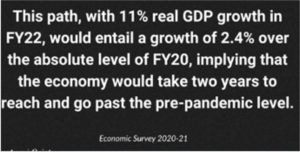
HIGHLIGHTS:
- Indian economy is growing at 11 per cent in the financial year 2021-22 (FY22). However, the GDP growth rate is estimated at minus 7.7 per cent for the ongoing fiscal.
- The estimated real GDP growth for FY 2022 at 11 per cent is the highest since independence and nominal GDP by 15.4 per cent.
- Real growth rate for FY21 is taken as -7.7 per cent (MoSPI) and the real growth rate for FY22 is assumed as 11.5 per cent based on IMF estimates.
- While the lockdown resulted in a 23.9 per cent contraction in GDP in Q1, the recovery has been a V-shaped one as seen in the 5 per cent decline in Q2 and the recovery across all key economic indicators.
- Despite the hardhitting economic shock created by the global pandemic, India is witnessing a V-shaped recovery with a stable macroeconomic situation aided by a stable currency, comfortable current account, burgeoning forex reserves, and encouraging signs in the manufacturing sector output.

- Together, prospects for robust growth in consumption and investment have been revived with the estimated real GDP growth for FY 2021-22 at 11 per cent.
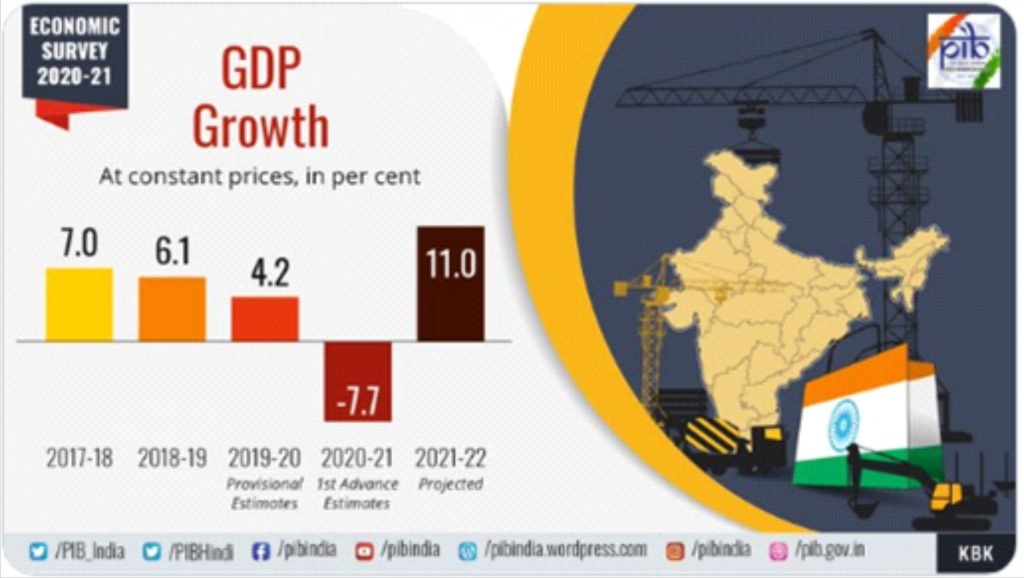
- India’s mature policy response to this “once-in-a-century” crisis thus provides important lessons for democracies to avoid myopic policymaking and demonstrates the significant benefits of focusing on long-term gains.
- Based on trends available for April to November 2020, there is likely to be fiscal slippage during the year.
- India expected to witness current account surplus during the current financial year after a gap of 17 years.
- Performance of states in averting COVID cases & deaths: Maharashtra -> under performer on both counts. UP, Gujarat, Bihar -> over performers in cases. Kerala, Telangana, AP -> over performers in deaths.
- Willingness to repay has been gold standard for India. Ability to repay is also very very high for India. So India should have highest credit rating observes Survey, reflecting an anomaly in India’s sovereign credit rating.

- Bare Necessities Index shows that there has been a pan India improvement in access to bare necessities, in 2018 vs situation in 2012 For both rural and urban India.
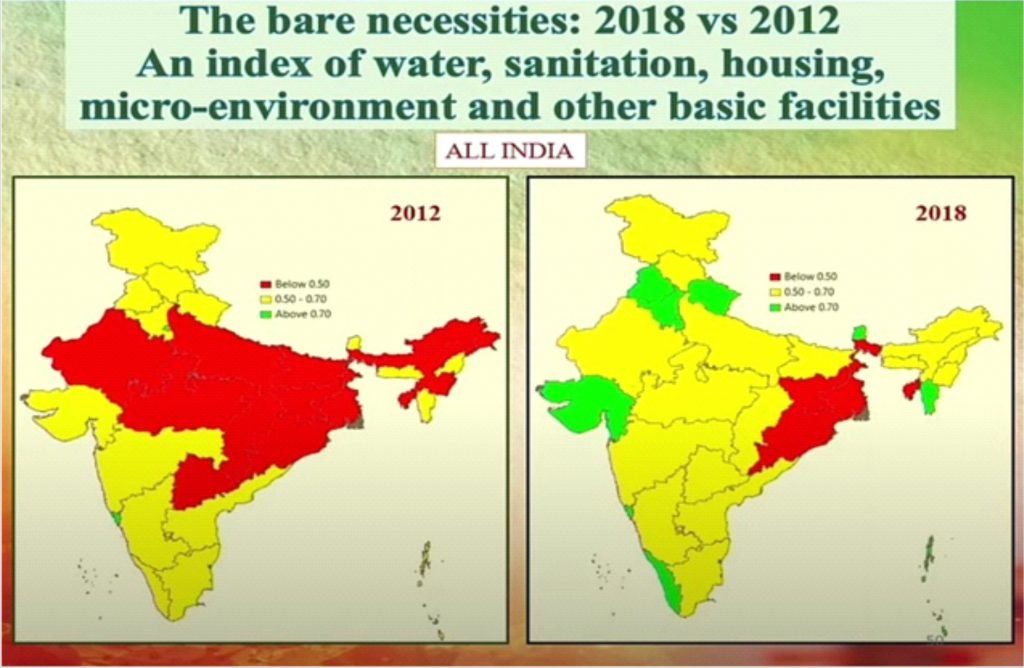
- Rating methodology needs to be made more transparent and objective, to reflect the willingness and ability of the country to meet sovereign obligations. Survey calls for fiscal policy to focus on growth, notwithstanding credit rating.

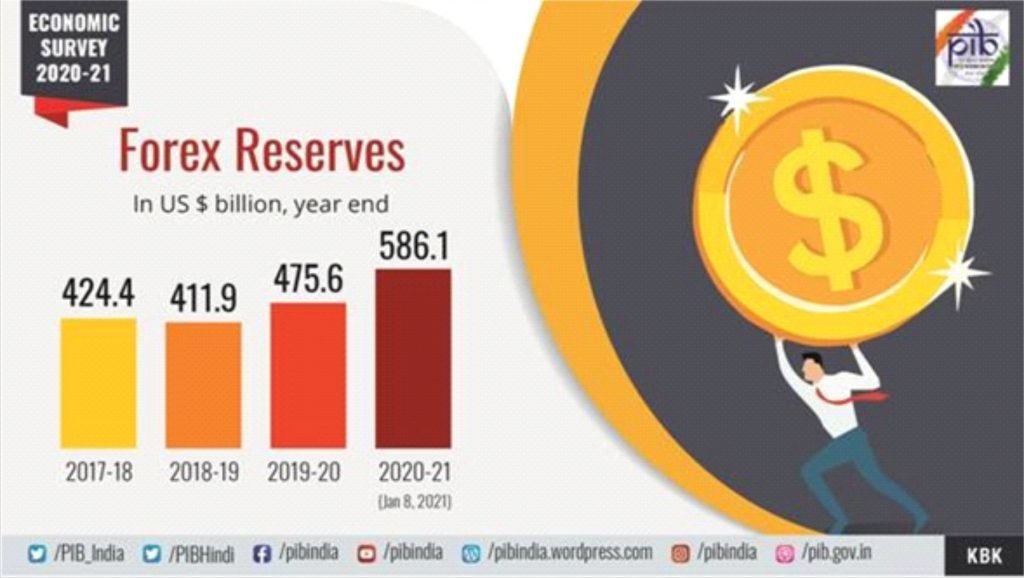
PANDEMIC AND SURVEY
- Chapter 1 is about India’s policy response to COVID-19 and Saving Lives And Livelihoods amidst a once-in-a-lifetime crisis.
- This Economic Survey is dedicated to all COVID warriors who upheld India.
- This year’s Survey is being delivered in e-book format, with an official app for it.
- India’s policy response to the pandemic stemmed fundamentally from the humane principle advocated in the Mahabharata—“Saving a life that is in jeopardy is the origin of dharma”.
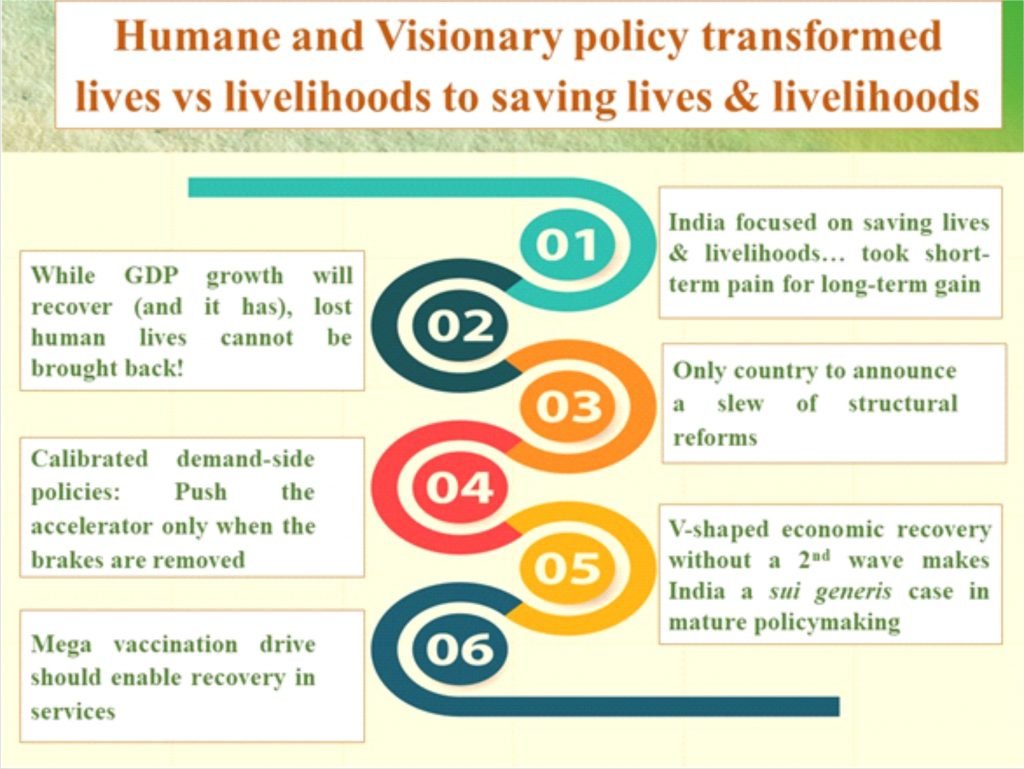
- India’s policy response valuing human life, even while paying the price of temporary GDP decline, has initiated the process of transformation where the short-term trade-off between lives and livelihoods is converted into a win-win in the medium to long- term that saves both lives and livelihoods.
- The survey emphasised that a stringent lockdown from March 25 to May 31, 2020 helped in breaking the chain of the pandemic’s spread and preventing loss of lives. The subsequent policy response helped in ensuring a V-shaped economic recovery.
- The Survey said the V-shaped economic recovery of GDP contraction of 7.5 per cent in Q2 as against 23.9 per cent contraction in Q1 correlates with the stringency of the lockdown, with the country reaping the “lockdown dividend”.
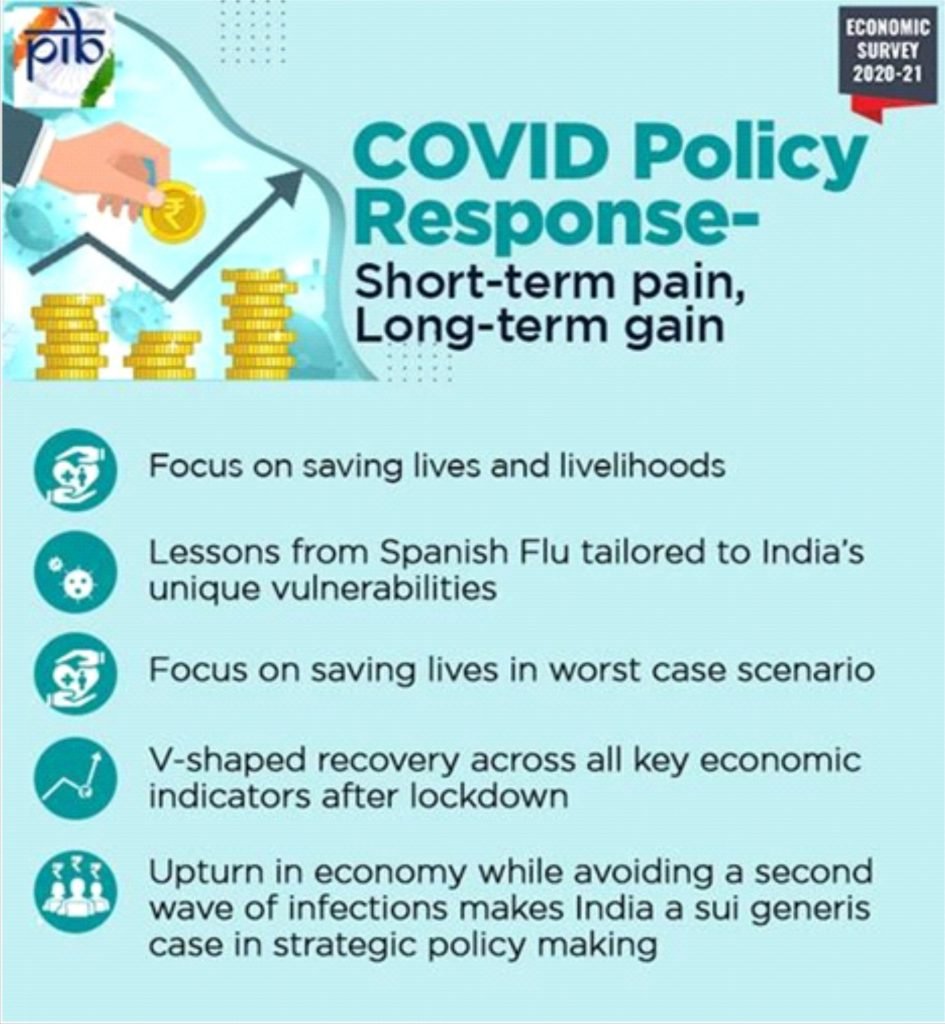

WAY AHEAD:
- The Survey, however, describes the double-digit growth rate for the next year as “conservative estimates”, and that it reflects upside potential that can manifest due to the continued normalisation in economic activities as the rollout of Covid-19 vaccines gathers traction.
- This will further be supported by supply-side push from reforms and easing of regulations, push to infrastructural investments, boost to manufacturing sector through the Productivity Linked Incentive Schemes, recovery of pent-up demand for services sector, increase in discretionary consumption subsequent to roll-out of the vaccine and pick up in credit given adequate liquidity and low interest rates.
- These estimated levels of growth would require significant central government and state spending, as private sector investment is yet to pick up pace.
- The Ministry’s projections are in line with IMF estimates of real GDP growth of 11.5 per cent in 2021-22 for India and 6.8 per cent in 2022-23. India is expected to emerge as the fastest growing economy in the next two years as per IMF (International Monetary Fund).
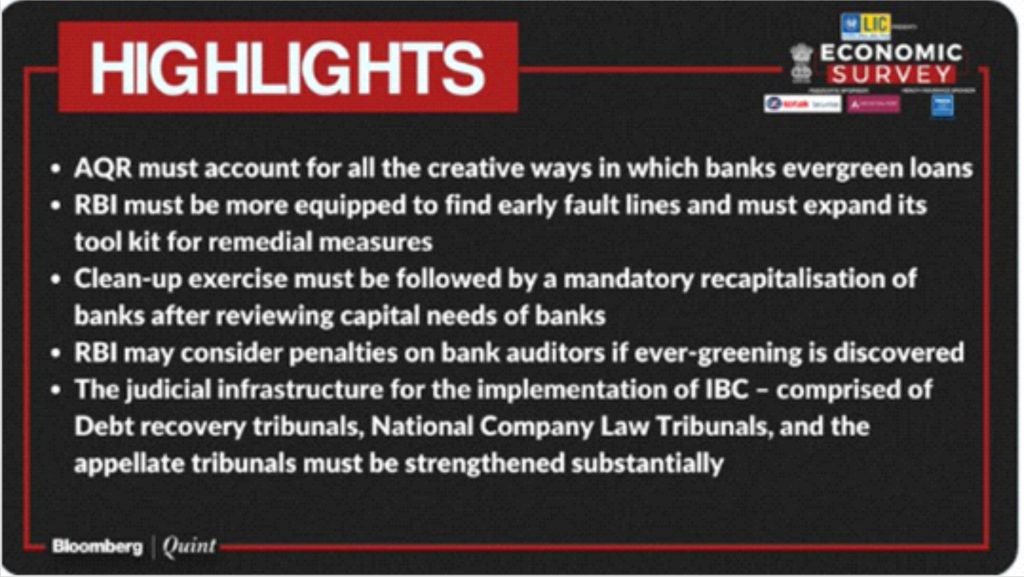
Solution:
- An Asset Quality Review exercise must be conducted immediately after the forbearance is withdrawn.
- Divestment plans for the current year were impacted by the pandemic but the “focus of the government is to embark on a significant privatisation exercise of CPSEs and speeding up big-ticket strategic sale/privatisation of large CPSEs such as Air India, BPCL, CONCOR and SCI.
- Economic growth has a far greater impact on poverty alleviation than inequality. Therefore, given India’s stage of development, India must continue to focus on economic growth to lift the poor out of poverty by expanding the overall pie.
- Reforms in tax administration have set in motion a process of transparency, accountability and more importantly, enhancing the experience of a tax-payer with the tax authority, thereby incentivising tax compliance.
- Economic Survey calls for counter-cyclical fiscal policy to be an important point of emphasis, where the government steps in when the private sector does badly and steps back when the private sector does well.It also advised the government to continue with structural reforms and significant privatisation of state-owned companies.
- A greater focus on core inflation is warranted. Core CPI inflation excludes the impact of food and fuel. Core inflation has been viewed by many as the better measure of inflation for monetary policy purposes.

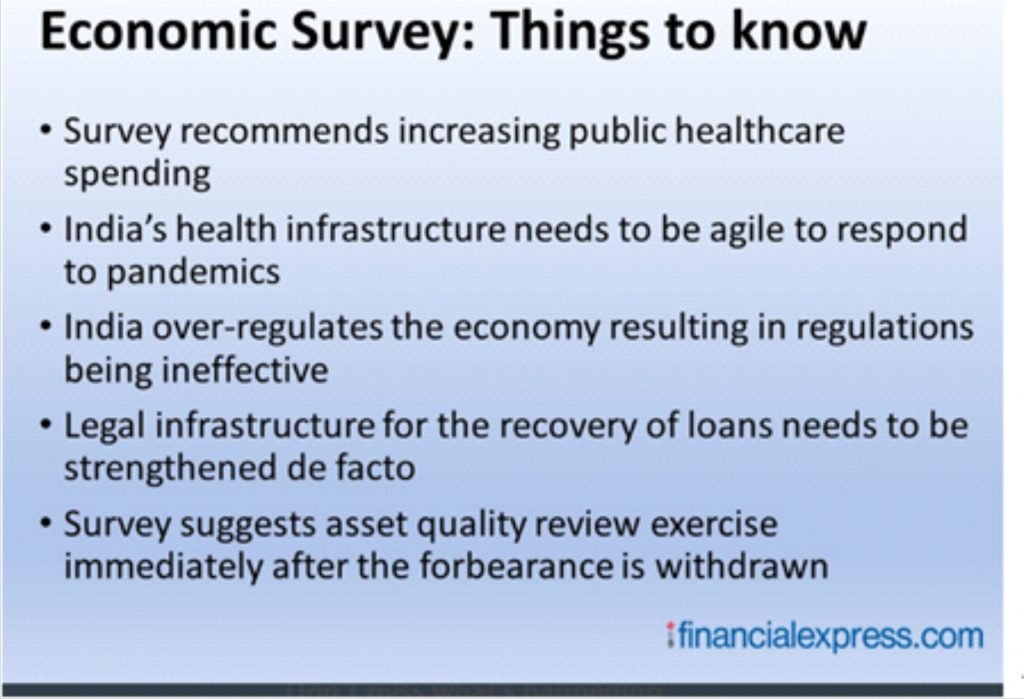
President’s address in House
CONTEXT:
- The first Parliament session of 2021 began on 29 January 2021 with President addressing members of both Houses of Parliament. If he does not stand for re-election, it will be his second-last address to Parliament.
About:
- The Constitution gives the President the power to address either House or a joint sitting of the two Houses of Parliament. Article 87 provides two special occasions on which the President addresses a joint sitting.
-
- To address the opening session of a new legislature after a general election.
- To address the first sitting of Parliament each year. A session of a new or continuing legislature cannot begin without fulfilling this requirement.
- When the Constitution came into force, the President was required to address each session of Parliament. So during the provisional Parliament in 1950, President Prasad gave an address before every session.
- The First Amendment to the Constitution in 1951 changed this position and made the President’s address once a year.

CHINA-TAIWAN
CONTEXT:
- China has entered the southwestern corner of Taiwan’s air defense identification zone.China, which claims Taiwan as its own territory, has conducted almost daily flights over the waters between the southern part of Taiwan and the Taiwan-controlled Pratas Islands in the South China Sea in recent months.
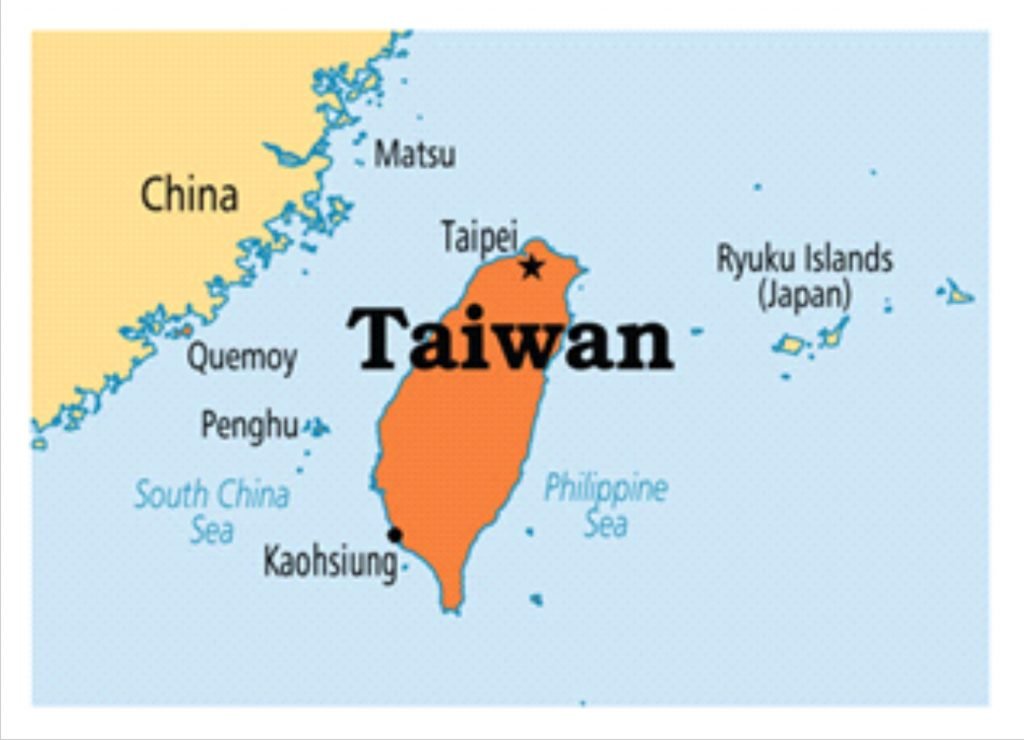
ABOUT:
- China has claimed Taiwan through its “one China” policy since the Chinese civil war forced the defeated Kuomintang, or Nationalist, to flee to the island in 1949 and has vowed to bring it under Beijing’s rule, by force if necessary.
- China put forward a formula, known as “one country, two systems”, under which Taiwan would be given significant autonomy if it accepted Chinese reunification. But this offer was rejected by Taiwan.
- STAND OF INDIA: India and Taiwan do not have formal diplomatic ties;they have been cooperating in various fields.
- India has refused to endorse the “One-China” policy since 2010.In return, China should also believe in a “One India” policy.
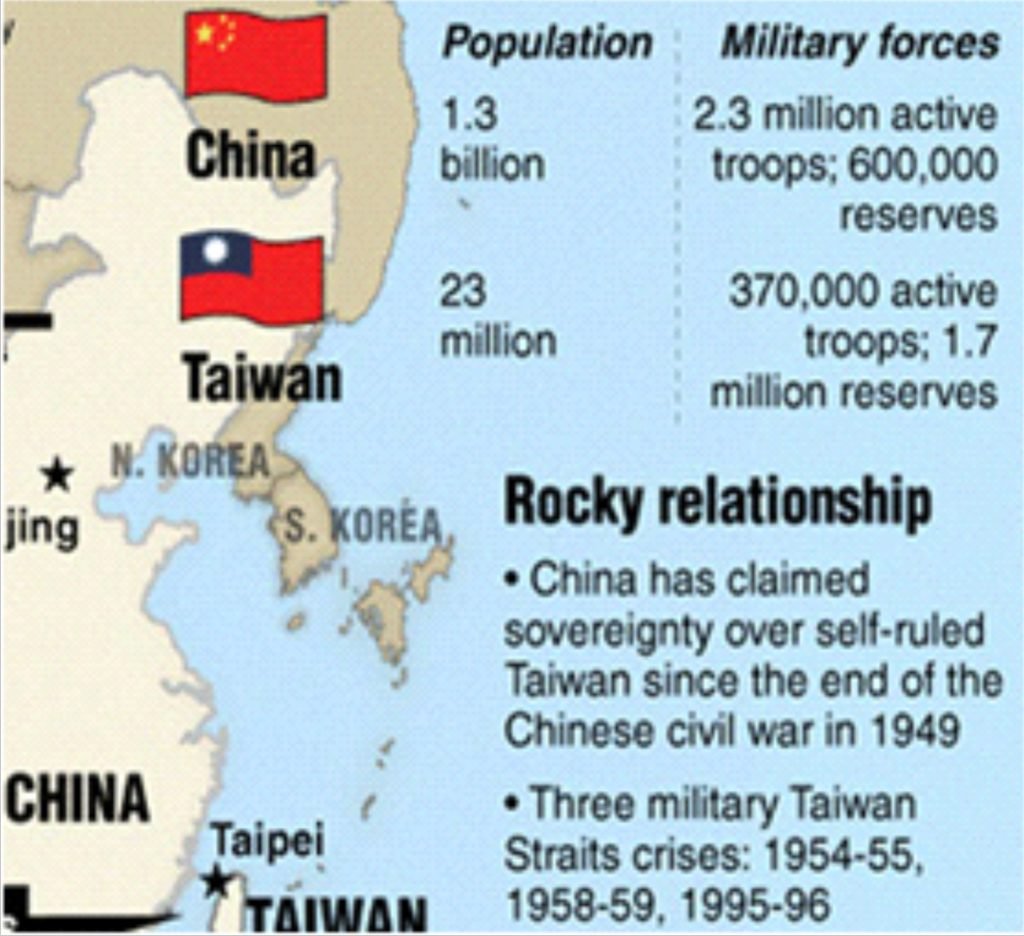
Kala Utsav 2020
CONTEXT:
- Kala Utsav 2020 was launched online on 10 January 2021 through a digital platform.
About
- A total of 35 teams have participated in Kala Utsav 2020, from different states, union territories, Kendriya Vidyalaya Sangathan and Navodaya Vidyalaya Samiti schools where 576 students demonstrated their talent.
- The Department of School Education and Literacy, Ministry of Education and National Council of Educational Research and Training have done commendable work.
- In the competitions of Kala Utsav 2020 organised from 11 to 22 January 2021, a total of nine art forms, namely— 1. Classical singing 2. Traditional folk song 3. Classical instruments 4. Traditional/folk instruments 5. Classical dance 6. Folk dance 7. Visual Arts (Two-dimensional) 8.Visual Arts (Three-dimensional) 9. Local games-toys were included.

